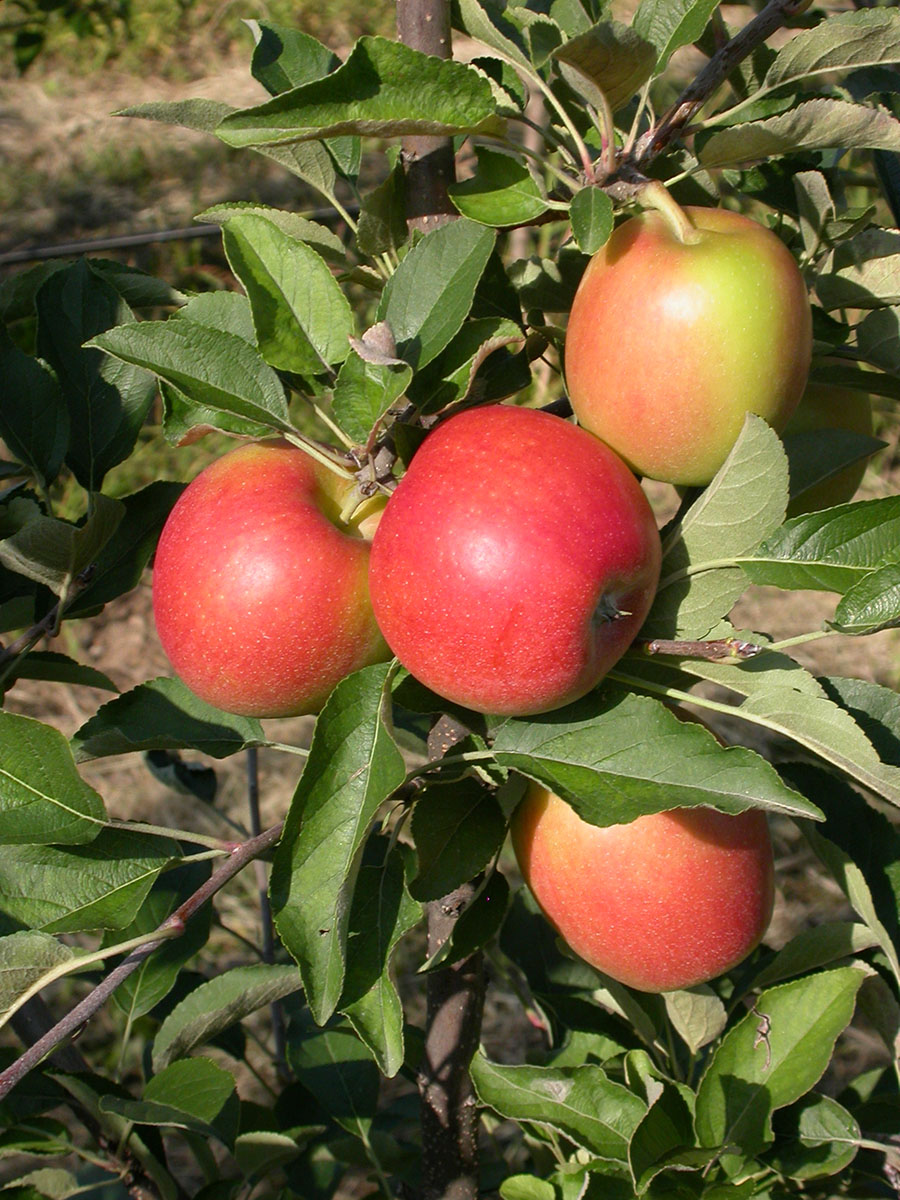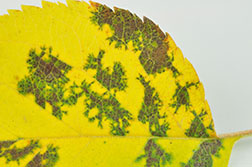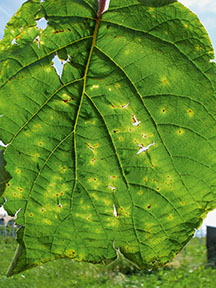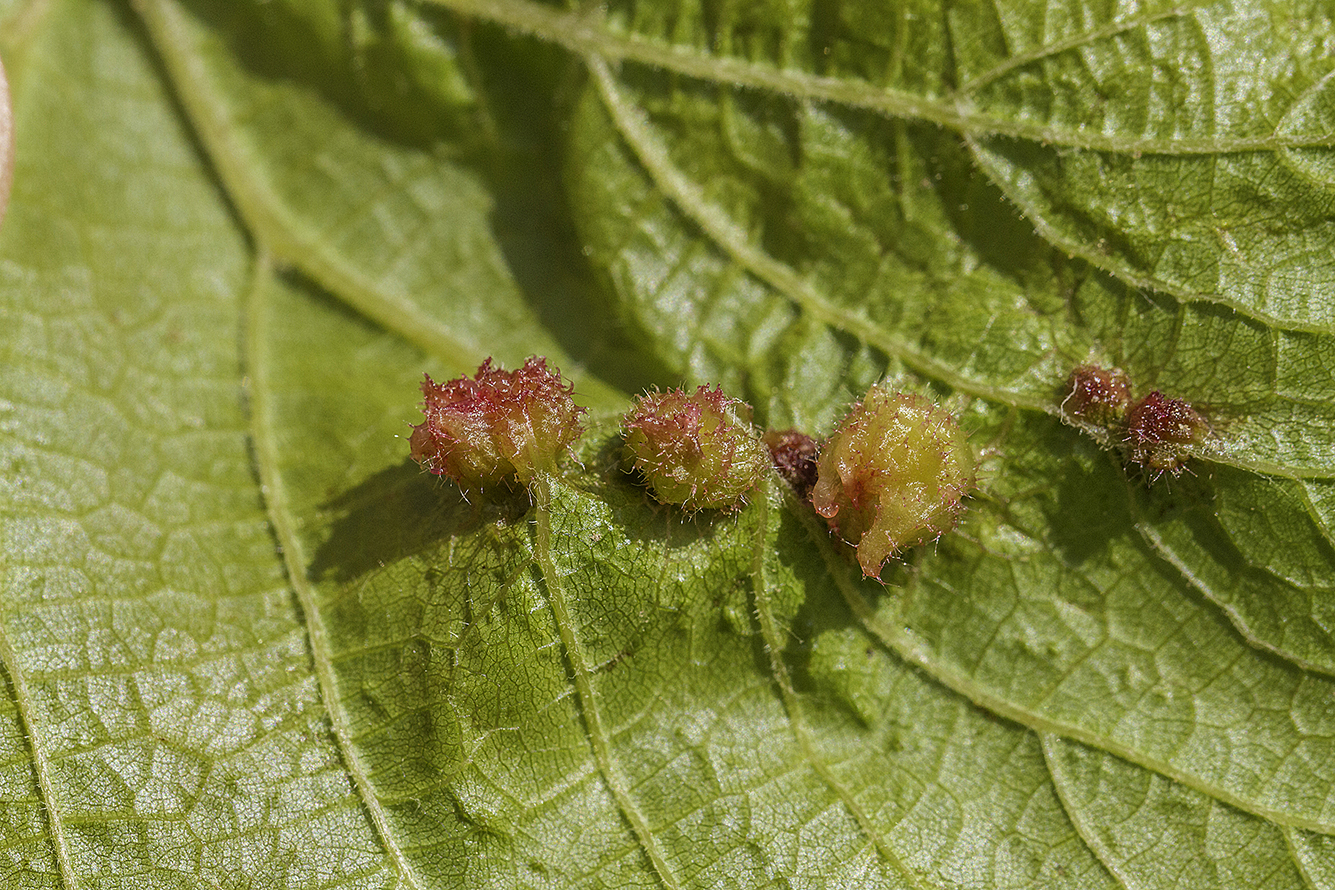
Issue 4 - July - August 2018


Abstract in open access
From 2014 to 2016, the agronomic and phytochemical potential of two commercial accessions of calamint, one of Lesser Calamint (Clinopodium nepeta (L.) Kuntze) and one of Woodland Calamint (Clinopodium menthifolium (Host) Stace) was evaluated in the mountainous climatic conditions of the Swiss Alps. Not widely used in Switzerland, calamints are very popular in the Mediterranean countries as spices, herbal tea, and in ethnopharmacology. At more than one thousand meters above sea level, the first trials of cultivation were successfully carried out, the vegetative development and hardiness of both species being satisfactory. The production of dry whole plants has reached 40 kg/are from the second year of cultivation. For both species, the essential oil content fluctuated between 1 and 1,5%, depending on the season and on the phenological stage of harvest. The major component of Lesser Calamint is pulegone (> 80%), a ketone that has many antimicrobial, antibacterial, insecticidal, and allelopathic properties, but has demonstrated hepatic toxicity to mammals, and is not safe for the environment. The essential oil compounds of Woodland Calamint are dominated by carvone (33 to 38%), another ketone whose use as a flavor goes back thousands of years. As regards their phenolic and flavonoid compounds, the rosmarinic acid content is higher in the Lesser Calamint, while that of the chlorogenic acid is more present in the Woodland Calamint. The formulation of food products, medicines or bioinsecticides must imperatively take into account the legislation in force, and evaluate their impact on other organisms and on the environment. In collaboration with the industry, a study of the phenotypic and phytochemical variability of Swiss ecotypes of calamints would be desirable.
Keywords: Clinopodium, Calamintha, lesser calamint, woodland calamint, Pulegone, Carvone
E-Mail: claude-alain.carron@agroscope.admin.ch
Adress: Agroscope, 1964 Conthey

Abstract in open access
L’arboriculture nécessite beaucoup de travail et sa charge varie en fonction de la saison. La division du travail permet de représenter graphiquement les travaux annuels et donne des indications sur la répartition de la charge et des heures de travail. AGRIDEA et Agroscope ont analysé des données tirées de la pratique et provenant du réseau d’exploitations Support Obst Arbo de 2012 à 2015. Tant pour les fruits à pépins que pour les fruits à noyau, la récolte représente la plus grande charge de travail. Cette activité correspond à la moitié, voire aux deux tiers du temps de travail de l’exploitation. Les exploitations investissent annuellement en moyenne 574 heures pour un hectare de pommes, 505 pour les poires, 964 pour les cerises et 549 pour les pruneaux. Les pics de travail ne sont pas identiques pour toutes les variétés. Les variétés de pommes se différencient surtout à la récolte. La récolte de Gala débute début septembre, suivie par Golden Delicious et finalement Braeburn. Les poires se différencient lors de l’éclaircissage manuel.
Keywords:
E-Mail: esther.bravin@agrosocope.admin.ch
Adress: Agroscope, 8820 Wädenswil







 Download of full issue
Download of full issue
 Download article
Download article